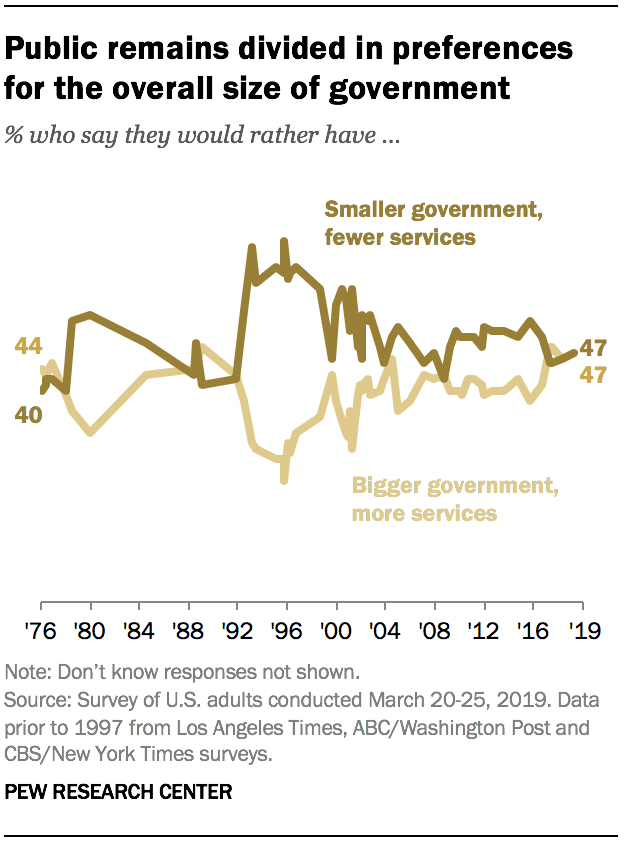On December 21, 2020, Jennifer Senior had an opinion piece in the NY Times called "95 Percent of Representatives have a Degree. Look where that's Gotten Us." I was going to post something on that, but other things kept coming up, so I'm only now getting around to it. Her point was that members of Congress are very well educated compared to the people they represent. Moreover, she implied that the gap had been growing, and that this was partly responsible for the decline in public confidence in government.
A few years ago, I had some students collect data on the educational attainment of the 115th congress (2017-19), and the 83d (1953-5). As Senior observes, almost all members of Congress today are college graduates--in the 115th congress, 98%. There were 8 members who had attended college but not received a degree and only one who hadn't attended college. In the 83d congress, 80% were college graduates, 7% had attended but not graduated, and 13% hadn't attended. There are two ways to look at this--one is that people without college have almost completely disappeared from Congress, but the other was that even in 1952-3, members of college had far more education than the general public. To some extent, the increasing number of college graduates in Congress reflects changes in the general public--in 1950, only 7.7% of American adults were college graduates--today, 38.7% are. The degree of over-representation has increased, from an odds ratio of about 48 to about 95. To put it another way, if there were the same degree of over-representation in the 115th congress as the 83d, there would have been about 19 members without college degrees instead of 9. In relative terms, this is a pretty big difference, but 19 out of over 500 would still be a tiny minority.
When I collected these data, I was primarily interested in which colleges and universities members of Congress had attended. I divided them into five groups--about 20 top private universities, about 15 top liberal arts colleges, about 10 leading public universities, all other "flagship" state universities, and all other colleges and universities. The breakdown:
83d 115th
Elite universities 14% 16%
Elite colleges 3% 2%
Top public 7% 9%
Flagships 20% 15%
Others 43% 57%
None 13% 0%
My idea was that there would be a substantial increase in the share from elite universities, but that didn't turn out to be true. There was an increase in relative terms, because the proportion of people who are graduates of elite universities has declined (enrollment at elite colleges and universities has grown at a slower rate at the population), but in terms of the share of members of congress, there wasn't much change.
The preceding discussion shows why I didn't try to publish anything with these data. I thought there would be a clear and substantial increase in the educational level of members Congress, but there wasn't, partly because in the 1950s they had more education than I expected, and partly because the proportion from elite institutions today was lower than I'd expected. There were some more subtle changes that might be interesting, but there wasn't the big change that I expected. Senior quotes the political theorist Michael Sandel, saying that in his view, "the technocratic elite’s slow annexation of Congress and European
parliaments — which resulted in the rather fateful decisions to
outsource jobs and deregulate finance — helped enable the populist
revolts now rippling through the West." But in the United States, the educational elite has only "annexed" Congress you define "elite" as people who graduated from college--and if you do, it accomplished that a long time ago.
